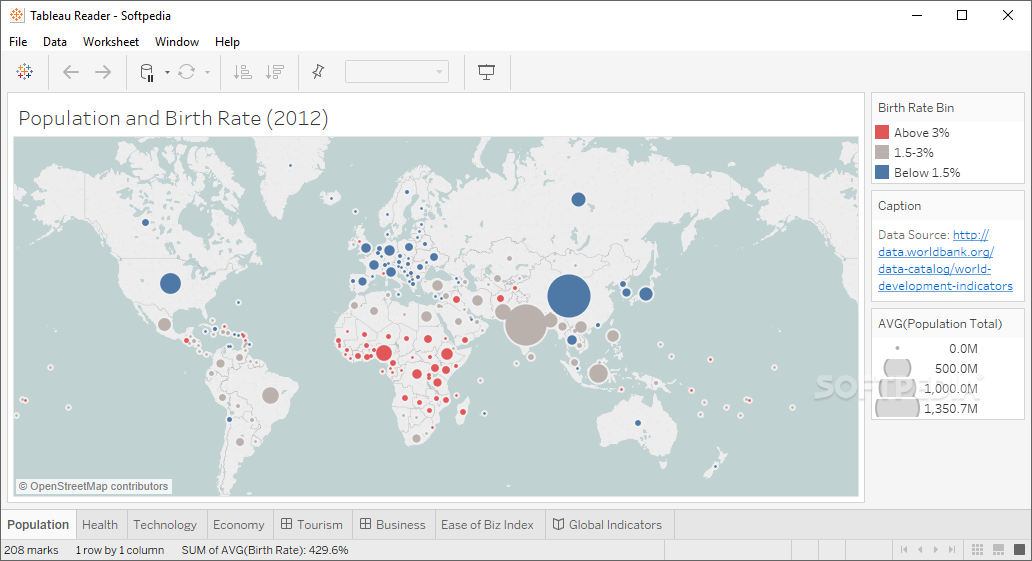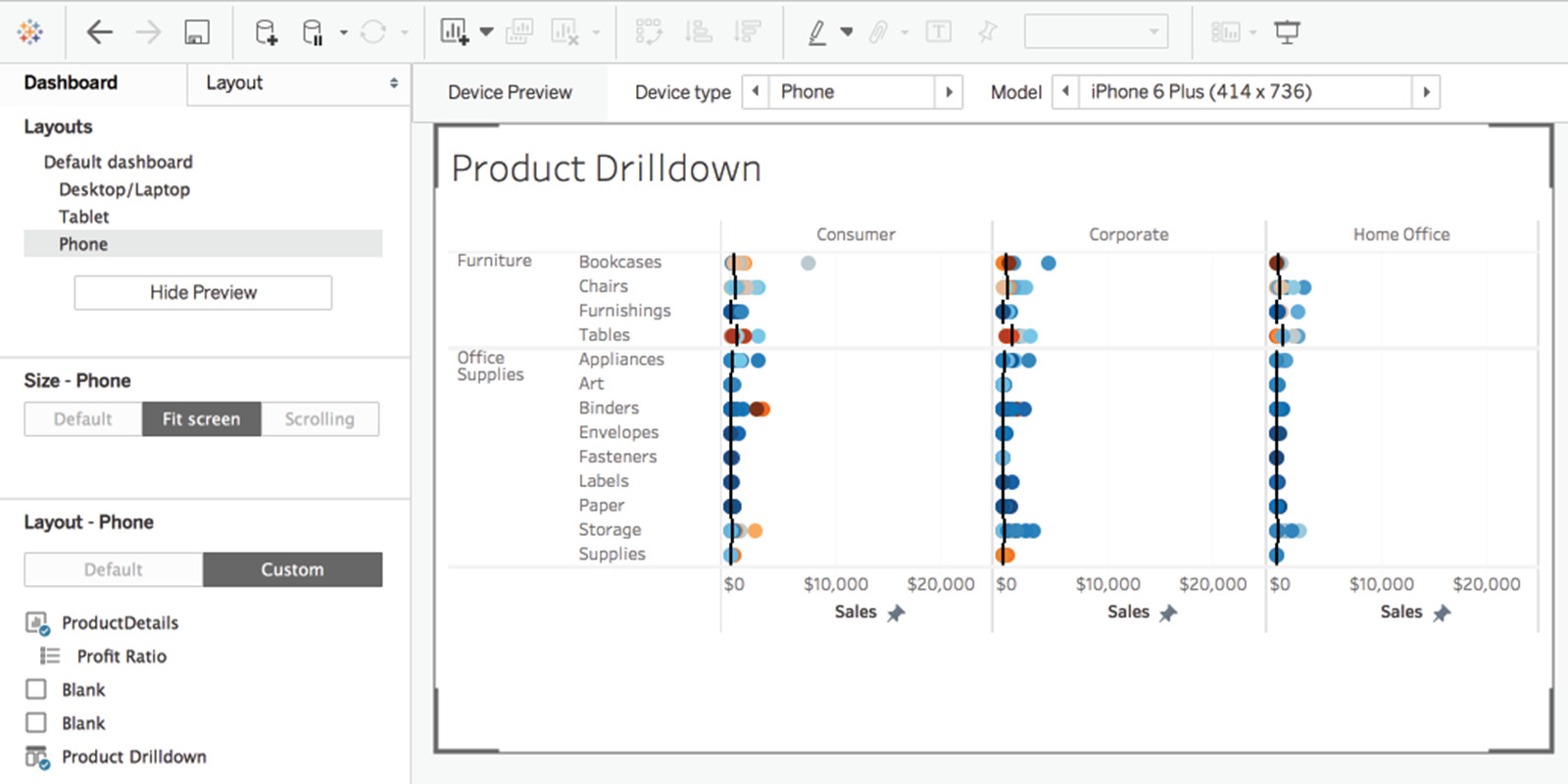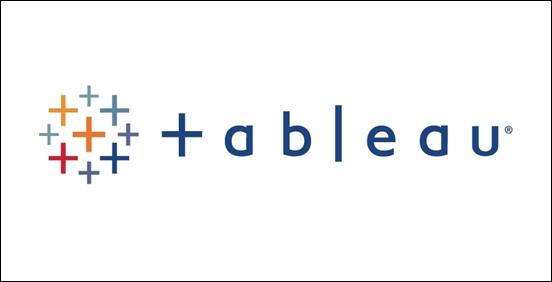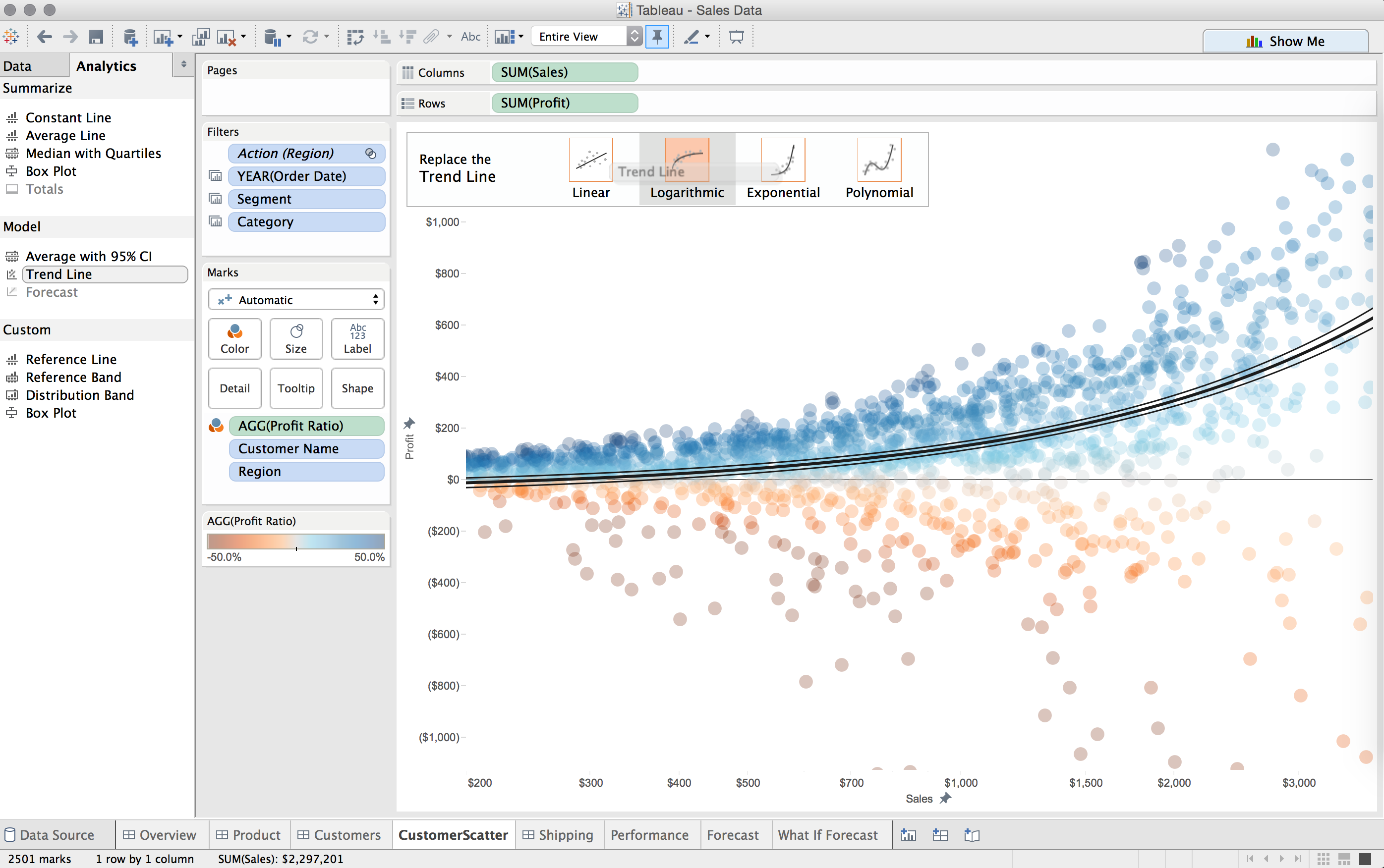

So you might rename Order Date to ": "Call Length in Minutes", For the most thorough method, you’ll go through and do a Rename in the Tableau UI and give each Measure and Dimension a token that can be easily identified and stored in a translation table somewhere. Our process for translation is just to add or change the caption attribute with the new values we want to use.

Additionally, some caption information stored in a published data source will override the captions in the workbook, so it’s safer to minimize those and keep all the things we want to change in the workbook. This is why our steps are to publish without making any changes to how Tableau connects to the data initially - we want to make sure our names match up. The name attribute actually matches up to the name defined for the field elsewhere in the XML.

When this is visible, it is was is displayed in the Tableau UI for the Measure or Dimension name. You’ll notice that one of these has a caption attribute. You can modify theis programmatically when publishing out localized copies. If you set the locale in Tableau Desktop, this actually introduces a locale parameter to the main workbook tag. We can open them up in a regular text editor and make changes to see what happens. If you are one of the 10’s of regular readers here, you’ll know that TWB files are just XML encoded in UTF-8. Now you have a workbook that is fully ready to be translated.

In this scenario tableau play the vital role, because Tableau is an extremely powerful tool for visualizing massive sets of data very easily. Unfortunately in the midst of a global pandemic, when people throughout the world are looking for reliable, trustworthy information about COVID-19(Coronavirus). Being able to use this data provides huge opportunities and to turn these opportunities into reality, people need to use data to solve problems. In 2020 the world has generating 52 times the amount of data as in 2010, and 76 times the number of information sources.


 0 kommentar(er)
0 kommentar(er)
